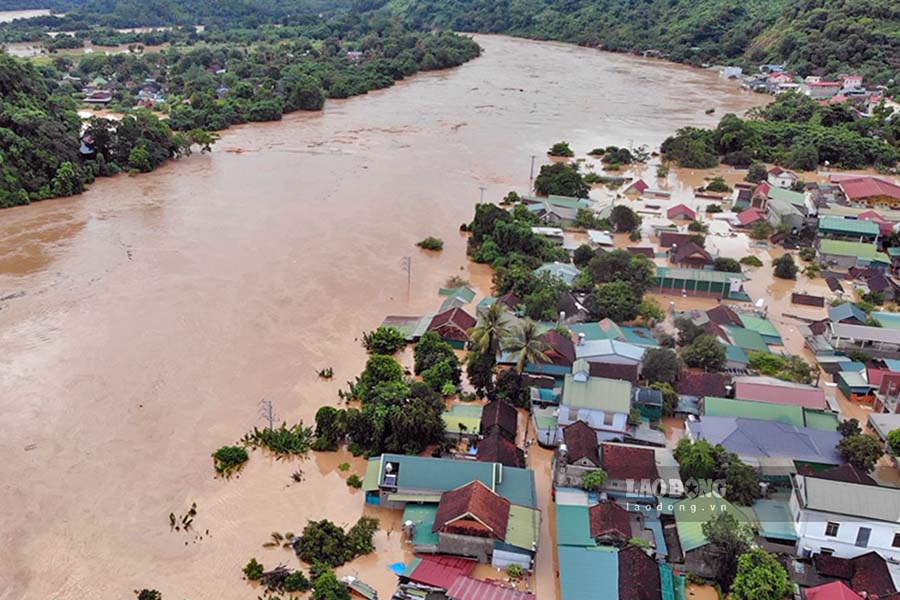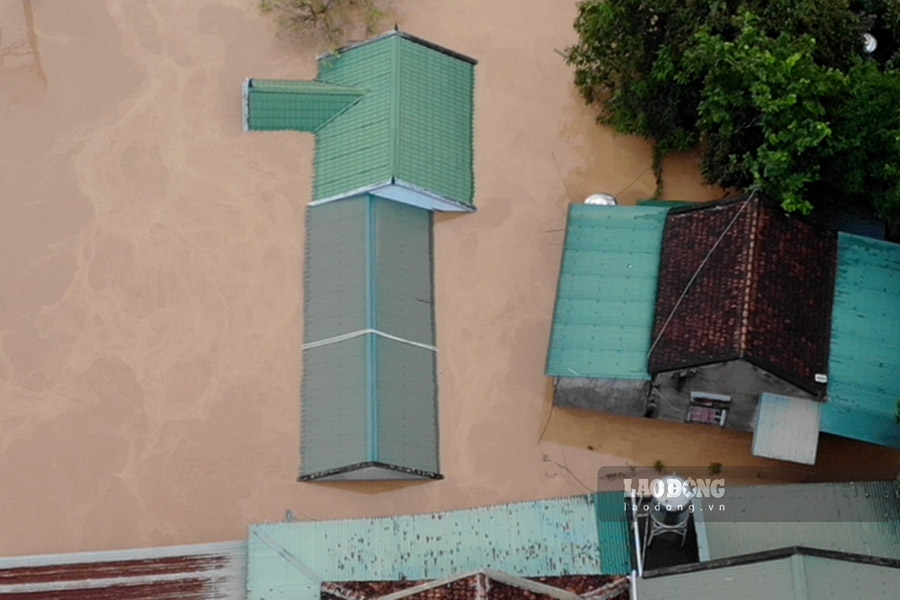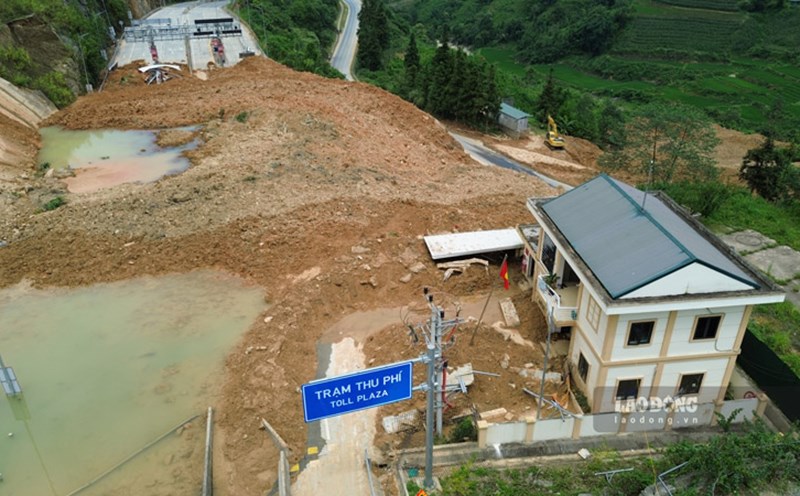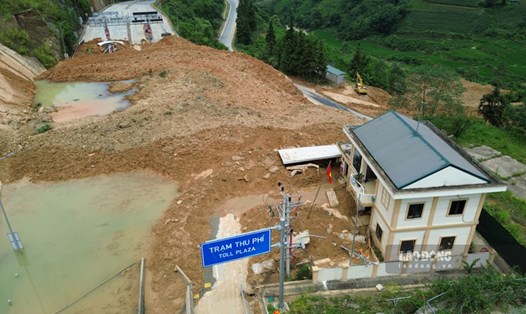553 billion VND in damage due to natural disasters
According to data from the Ministry of Agriculture and Environment, in the first months of 2025, natural disasters in Vietnam will develop in a complex, unusual manner and tend to be more extreme than the average of many years.
Specifically, 2 tropical depressions and 3 storms have been recorded in the East Sea (of which storm No. 1 - Wutip and storm No. 3 - Wipha affected the Northern and North Central regions); 6 severe cold spells, including a late cold spell in late March; 7 widespread hot spells occurred in the North, Central and Southeast; many large-scale, extreme rains, including at least 22 early and unusual floods; 14 flash floods and landslides occurred in 18 midland and mountainous provinces in the North, Central and Central Highlands.


Unusual natural disasters are concentrated with high danger in the North Central, Central Central and Northern mountainous areas, severe intensity and wide range of impact.
In particular, on the afternoon of July 19, an unusually strong thunderstorm hit many northern localities such as Quang Ninh, Hanoi, Phu Tho, Hai Phong..., causing serious damage to people and property. Notably, cruise ship QN7105 capsized while visiting route 2 in Ha Long Bay, causing many casualties.
Natural disasters since the beginning of 2025 (as of July 23, 2025) have left 114 people dead or missing; economic losses are estimated at over VND553 billion.
Natural disaster forecast is still erratic
At the first meeting of the National Civil Defense Steering Committee on natural disaster prevention, control and search and rescue in 2025 chaired by Prime Minister Pham Minh Chinh on the afternoon of July 24, Deputy Minister of Agriculture and Environment Nguyen Hoang Hiep said that according to the forecast, natural disasters will continue to develop erratically in the coming time.
It is forecasted that from now until October 2025, there will be about 6-8 storms/tropical depressions active in the East Sea, of which about 2-3 storms are likely to directly affect our mainland.
From November to December 2025, there may be 2-3 more storms/tropical depressions, of which about 1-2 are likely to make landfall.
In addition, from the second half of July to September 2025, the Northern, North Central, Central Highlands and Southern regions are likely to experience prolonged moderate and heavy rains. The Central region needs to pay special attention to the possibility of unusually heavy rain during the changing seasons, especially unseasonal rains or local heavy rains.

Hot weather is likely to continue to appear in the Central region in the second half of July and last until August 2025, however, the intensity tends to decrease gradually from now until September.
Entering the end of the year, the cold air will start operating from September to October 2025 and increase in intensity and frequency from November 2025. The phenomenon of severe cold in the Northern region is likely to appear at a level equivalent to the TBNN in the same period (around the second half of December 2025). It is necessary to be on guard against the possibility of frost and ice in the high mountains of the Northern region.
In the coming time, the Ministry of Agriculture and Environment has directed the Department of Hydrometeorology to synchronously deploy monitoring and closely monitoring plans for meteorological, hydrological and hydrological situations nationwide. At the same time, it is recommended that localities soon improve the system of organizing natural disaster prevention and control at the grassroots level, especially at the commune level, clearly identify units that receive forecast information, handle and organize forces to respond quickly when there are natural disaster warnings.











